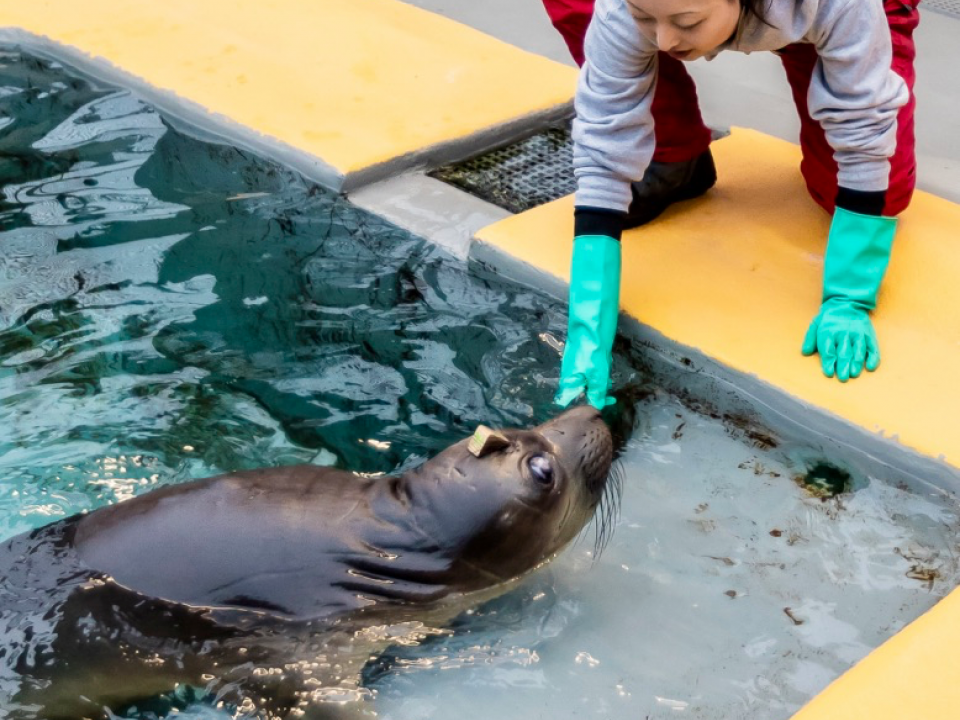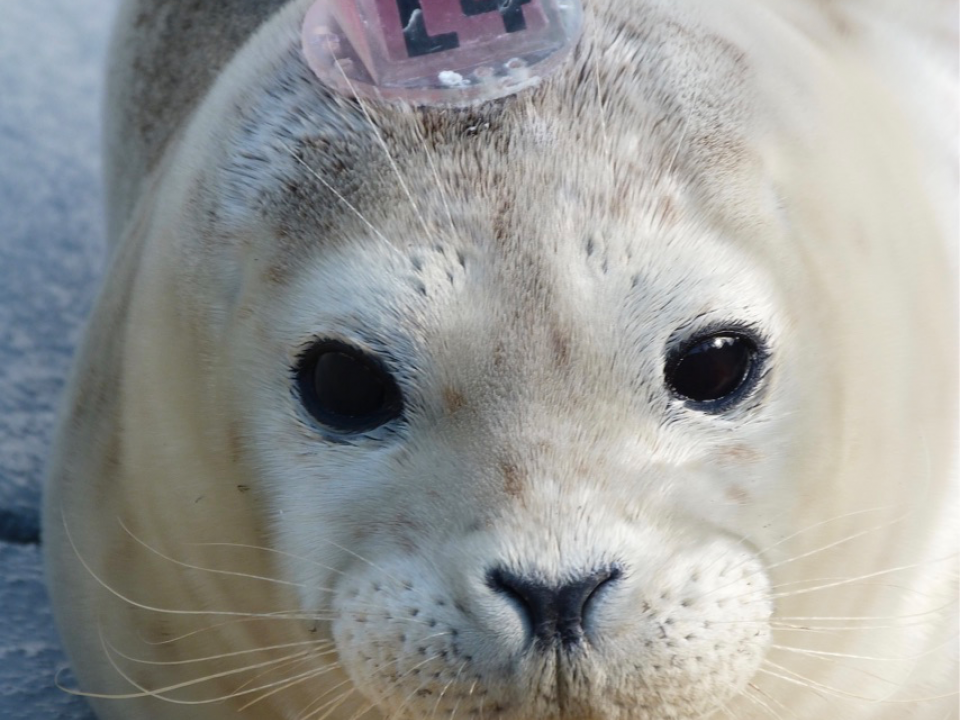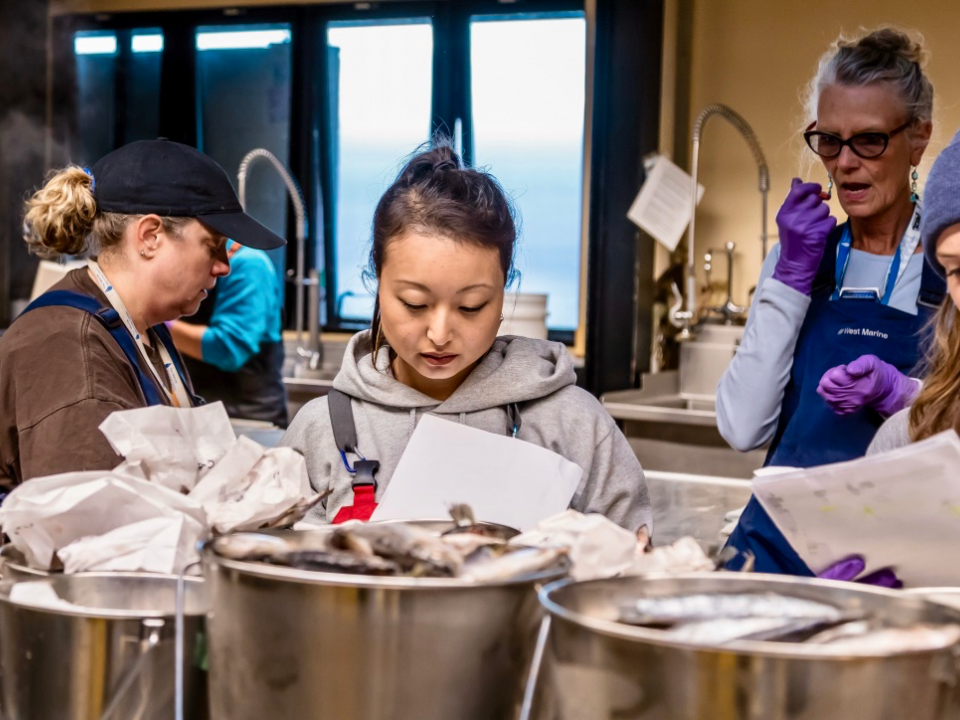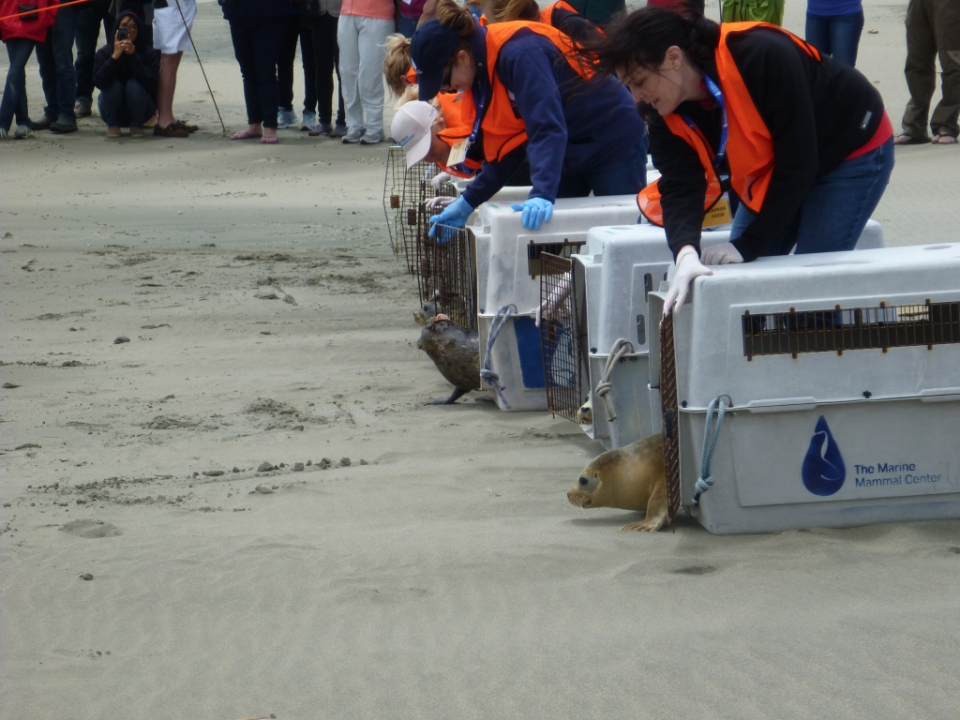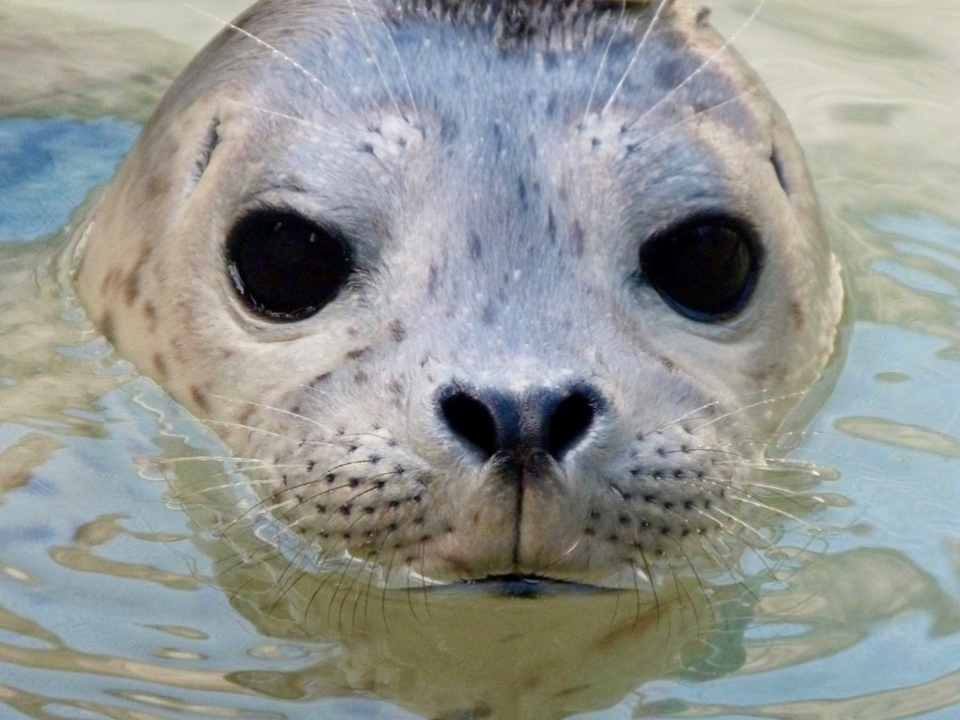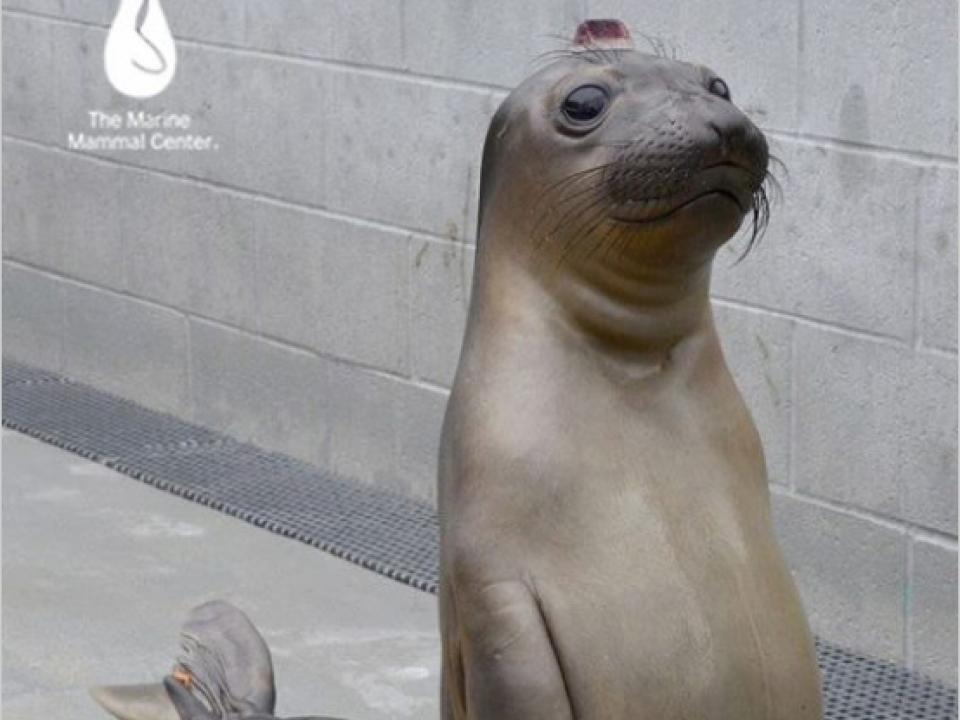Lessons from the Field: Bay Area Marine Life, Rescue and Rehabilitation
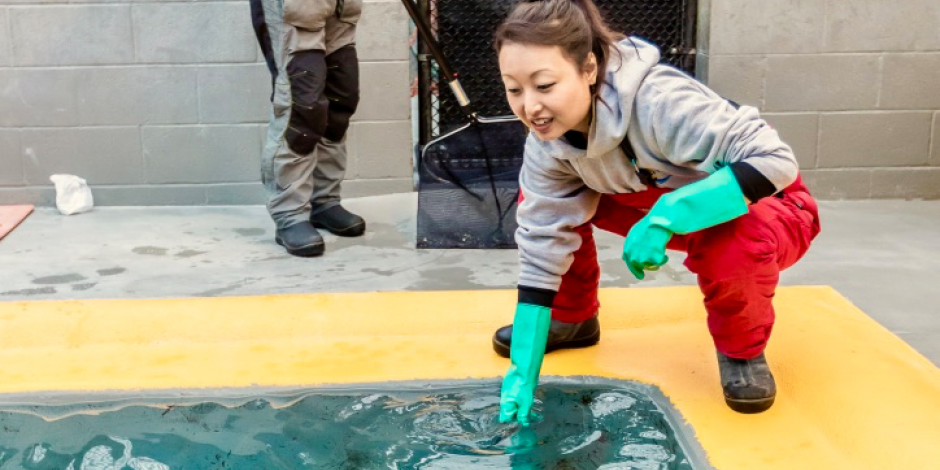
NatureBridge’s Rachel Loud has been involved with The Marine Mammal Center in the Marin Headlands for more than 11 years. As part of the Animal Care Volunteer Staff, she spends every Monday evening taking care of the rescued marine animals that arrive to the center. We recently sat down with Rachel to learn all about marine life in the Bay Area and the rescue and rehabilitation efforts at the center:
Tell us about your connection to seals and marine life: #
My love of the ocean was sparked in fourth grade when I did a school project on coral reefs and learned all about the Great Barrier Reef. Around that time I watched a video of a trawling net being dragged across the bottom of a coral reef, causing devastation and the death of many species who were not the intentional target of the fisherman. Marine life that get caught in these nets are collectively termed "bycatch." This newfound knowledge sparked my passion for the ocean as well as the desire to protect it. Ever since moving to the Bay Area, I’ve been volunteering weekly for The Marine Mammal Center.
What kind of marine life is unique to the Bay Area? What’s your favorite? #
There is a huge variety of seabirds and marine mammals. There are orcas, kelp forest animals and at one time, we had otters in the area. My favorite is a toss up between blue whales, nudibranchs and octopodes—the plural of octopus!
What are some of the most exciting marine animals to spot? #
We are right next to the Farallon Islands, known for being the only known location in the world where orcas can be seen attacking and eating white sharks. Blue whales are also pretty incredible to see, the spout is just massive!
One time I observed a group of about 10 humpback whales cooperatively feeding using the bubble net technique to trap food and then lunge up and out of the water as they take their gulp. Orcas are also exciting!
Can you talk about your volunteer work at the marine center? #
The Marine Mammal Center is the largest center of its kind in the world. With rescue, rehabilitation and release as the main goal, the organization rescues marine life from more than 600 miles of California coastline.
A network of 1,200 people make up the Animal Care Volunteer Staff, working together to rescue the animals, assess their health and bring them to the center. Once there, volunteers feed and administer medications to the animals. Vet staff will then run evaluations to determine the health issue and necessary course of rehab.
California sea lions, harbor seals and elephant seals are the animals most commonly rescued. However, the center also takes in sea otters, two types of fur seals, Stellar Sea Lions and sometimes even sea turtles.
Why is the NatureBridge partnership with The Marine Mammal Center so important? #
We’re so lucky to be able to partner with The Marine Mammal Center so that students can see firsthand the effects humans are having on wildlife and the environment. By seeing the dedication of the volunteers at the center firsthand and learning about other wildlife rehabilitation organizations, students experience important ways that they can be environmental stewards themselves.
In the rare instance that students can observe a sea lion being released back into the ocean... that is an unmatched learning opportunity.
Environmentally, what are the concerns for marine life in the Bay Area? #
Pollution and runoff from the Central Valley such as fertilizers and pesticides—it has lead to an increase of the marine phytoplankton pseudo nitzschia, which create a neurotoxin called domoic acid. Domoic acid attacks the hippocampus of the brain responsible for memory, learning and navigation. It has a particularly detrimental effect on California Sea Lions.
Other concerns include ship strikes and pollution in the way of oil spills, entanglements, direct harm by humans and the warming and acidification of the ocean.
What can those intereseted do to help? #
If someone sees a marine mammal that may be in distress, they should immediately call The Marine Mammal Center stranding hotline at 415-289-SEAL (7325).
Even doing small things such as picking up litter can save a life. Consider participating in beach cleanups! You can also make smart consumer choices by supporting companies with environmentally responsible records.
About Rachel: With a background in biology and environmental science, Rachel Loud has been a core part of NatureBridge for more than 11 years, spending her first five years on the education team at our Golden Gate campus. Prior to NatureBridge, Rachel ran the summer camp at the Don Edwards San Francisco Bay National Wildlife Refuge as an intern and worked as a CIMI marine science educator with Guided Discoveries.
Hailing from Boise, Idaho, Rachel’s favorite outdoor space is Palau, an archipelago of several hundred islands in the western Pacific Ocean best known for its diving and coral reefs and her favorite national park is Glacier National Park.
Stay tuned for more NatureBridge staff insights on wildlife, flora and fauna in this 'Lessons from the Field' series.
